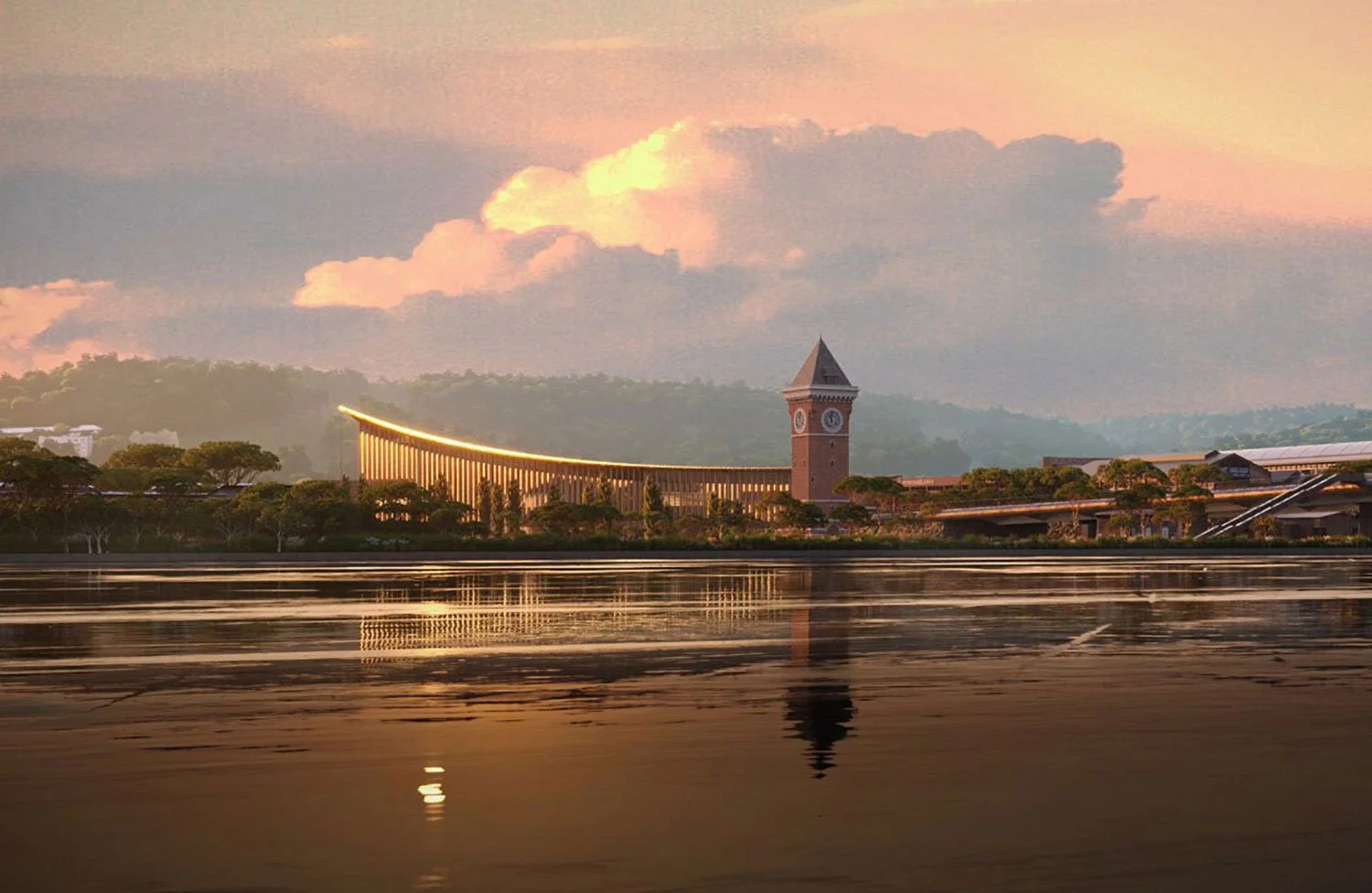Zhuhai Opera House
The Zhuhai Opera House, designed by architect Chen Keshi, is a landmark cultural development located on an island in Xiangzhou Bay, near Macau and Hong Kong.
Opened in December 2016, the venue comprises a 1,550-seat concert hall and a 500-seat theatre. Both venues are housed in architecturally striking shell-shaped forms, rising 90 and 60 metres high respectively, making them instantly recognisable from afar.
The complex supports a wide variety of performances, including opera, ballet, symphony orchestra, musical theatre, chamber music and spoken word.
CLIENT
Beijing Architectural Design and Research Institute
LOCATION
Xiangzhou Bay, China
COMPLETED
2016
Our Scope
Marshall Day Acoustics was engaged to design the room acoustics for all performance and rehearsal spaces, collaborating closely with the Beijing-based architects and German theatre consultants from early concept stages.
Our services covered:
Room acoustics design for the main auditorium, small theatre and rehearsal rooms
Integration of adjustable acoustic systems for both amplified and unamplified performances
3D acoustic modelling and simulation for design development
Commissioning measurements using IRIS, our 3D Acoustic Impulse Response Measurement and Visualisation System
The main auditorium was designed to deliver uncompromised natural acoustics, optimised for unamplified opera and orchestral performances. A carefully designed stage shell blends seamlessly with the surrounding architecture, enhancing sound projection and providing immersive acoustic envelopment for the audience. To accommodate amplified events, the space incorporates discreetly integrated operable drapes, concealed within a ceiling void above an acoustically transparent ceiling. This solution enables quick adjustment of room acoustics.
The small theatre supports more intimate performances, with flexible staging and adaptable acoustics to suit chamber music, spoken word, and events such as conferences and fashion shows.
Two rehearsal rooms provide world-class facilities for performers in preparation for opera, dance and musical performances.
Challenges
One of the key challenges was creating acoustically flexible performance spaces that could accommodate a wide range of performances - from traditional Chinese opera to Western symphonic music and amplified events - within a bold and architecturally complex design.
This required acoustic solutions that were both technically sophisticated and visually unobtrusive. Adjustable acoustic elements were seamlessly integrated into the architecture, allowing for quick transitions between performances without compromising the visual integrity of the spaces.
Addressing these challenges demanded close collaboration from the earliest design stages. Acoustic design concepts were developed and refined through collaborative workshopping with the design team, followed by detailed modelling and predictive analysis using advanced modelling and acoustic prediction software.
















